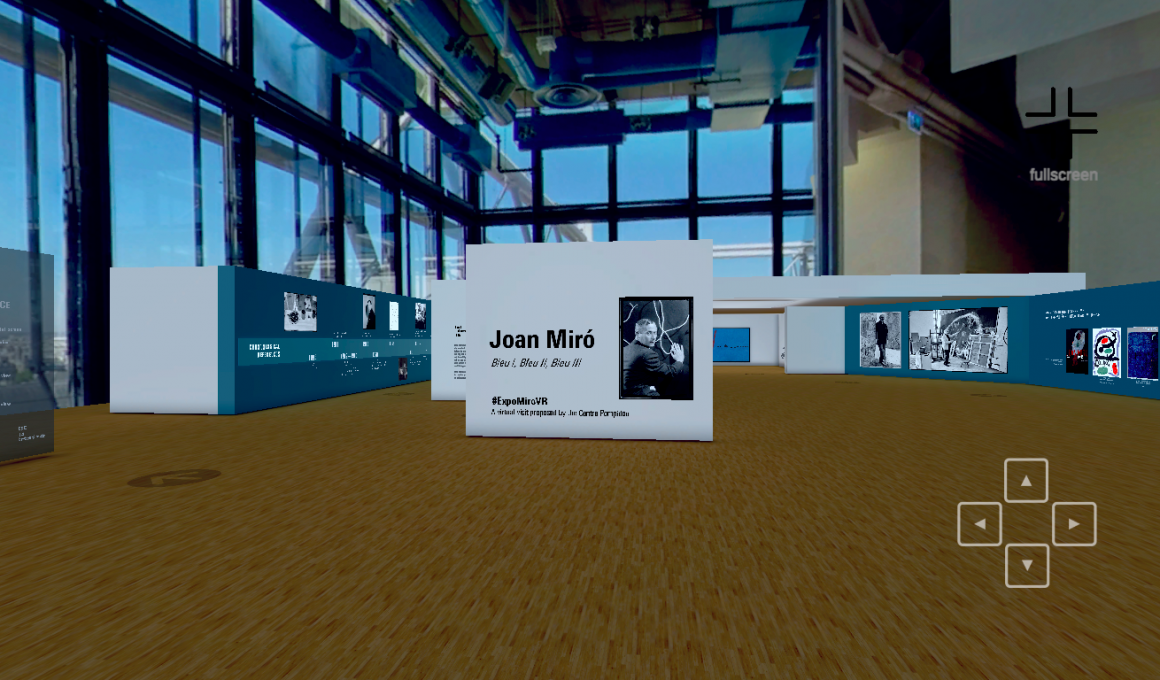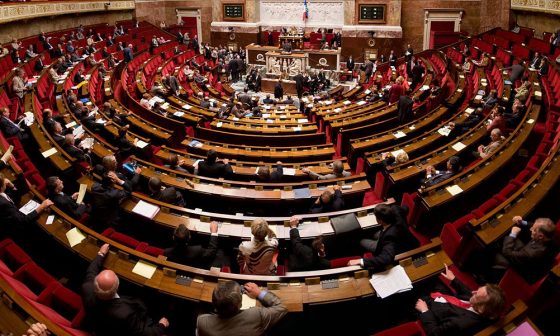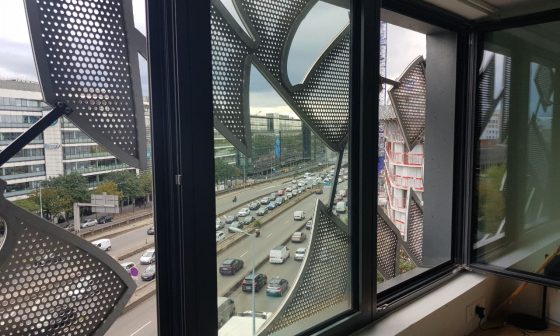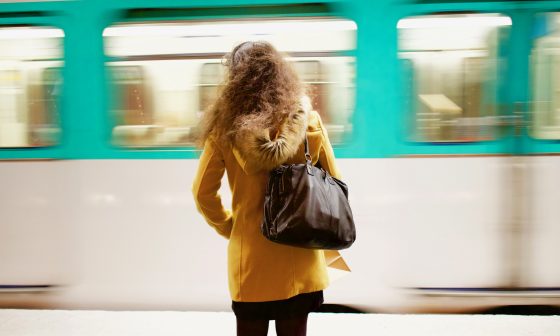The present pandemic led cultural institutions to adopt various technological tools and strategies aiming to reach their publics in spite of the present restrictions. This trend brings to light new debates about the relationship between art and technology.
In March 2020, we saw how culture closed its doors: the first lockdown forced theatres and museums to postpone or cancel their exhibitions and shows. If this measure took many cultural institutions by surprise in spring, the second lockdown in autumn was expected and made clear that new strategies were necessary.
The pandemic in general and the travel restrictions more specifically have resulted in a considerable loss of tourists to France, which translates into fewer visitors to cultural institutions such as museums. For example, if the Louvre received 10.2 million visitors in 2018 and 9.6 million in 2019, the number of visitors in 2020 dropped by 72% (2.7 million) compared to the previous year. Jean-Jacques Bravo, director of cultural projects, in charge of the scenographic management of exhibitions made for the Centre Pompidou and Paris Musees, points out in an interview with Cité Unie in novembre 2020 that the loss of tourists and the protective measures have pushed the cultural sector to “carry out a deep reflection” of how they could conceptualize their offer differently in order to reach more audience.
Technology at the service of culture
In november 2020, the Centre Pompidou in Paris inaugurated its first completely virtual exhibition. Devoted to the triptych « Bleus » by the artist Joan Miró, it was showing his paintings in 3D. By using a technology very similar to that of video games, it allowed a 360-degree visit.
In the 14th of the same month, the annual Nuit Europeenne des Musees was held, but this year under with new circumstances. While in 2019, this event brought more than 2 million visitors to French museums, in 2020, faced with a second lockdown, it had to be entirely digital in France. Many institutions opted for social media to present their guided tours, discussions and live streamings.
At times when we have to stay at home, visiting a museum or attending a concert or theatre play – even in a virtual way – has become a form of mental escape. In fact, virtual technologies present a wide range of opportunities in the art sector. First of all, they make it possible to appreciate artworks or cultural shows in spite of geographical distance. In other words: exhibitions and performances that are happening far away from our place of living are getting closer and accessible via the internet. Thus, virtual technologies can help cultural institutions and artists to remain in contact with their public during the pandemic, which enables them to earn money and to continue carrying out their mission of cultural mediation and education.
The positive effects of these new technological possibilities are not limited to the present situation. Even in non-pandemic times, the transportation of some artworks can be very difficult and expensive. Sometimes, in fact, they cannot leave the place where they are presented at all. Moreove, via these virtual technologies, we can visit monuments and other cultural heritage sites that cannot be displaced at all.
Finally, virtual technologies can be used in the context of an analogue visit, for instance by giving additional information about artworks or by making knowledge more accessible and memorable for certain groups, by using interactive media.
As pointed out, virtual technologies present a range of opportunities in this delicate context as well as in general. However, virtualizing culture has its limits.
Limits of virtual culture
First of all, by far not all cultural facilities have sufficient resources to respond to this crisis by virtualizing their offer. One direct consequence of the pandemic is the loss of revenue. Jean-Jacques Bravo underlines that it is important to bear in mind that not all institutions work at the same pace, stating that museums were facing very different resource situations and that especially the small ones had difficulties since they did not have a large budget. Currently, the pandemic is adding a decrease in visits to the usual financial difficulties, forcing some cultural institutions to lay off their staff, as without public, mediators are no longer needed as much as before. Others just choose to remain closed and cease their activities hoping that someday they can get back to normal.
Furthermore, the cultural sector yearns for the physical presence of its visitors and spectators, opening a debate about whether experiencing art and culture by virtual ways can be compared to physical visits.
For instance, if we rely on cultural offers from our own sofa, an important aspect is missing : social interaction. This does not only mean that we normally might go to an exhibition or event with friends and family. In fact, the arranging and social context in which we experience artworks and educational content is highly important for our learning outcome. While we might be less distracted from our company, the need for good pedagogical arrangements in the virtual offer is becoming even more important.
Jean-Jacques Bravo points out that “we can improve technology and it can serve in many ways, but sociability, the contemplation of a work, the discussion of a topic in a physical space, are also necessary. Technology can help but must also be borne in mind the social meaning of art”.
Finally, the current need for virtual cultural experiences could force cultural institutions to adapt to this trend in the long term, even if they perceive physical visits as essential. In the case of museums, Jean-Jacques Bravo reflects that “the transport of works of art is expensive, the insurance is high and it also has an ecological cost. When making the visits virtual, a representation of the painting is made and an indirect consequence of this is that some people may wonder why making physical visits or keeping the exhibitions being so expensive, which can lead to reduce the budgets for certain institutions”.
To sum up, virtual technology became a response to the impediment of having a physical public in museum spaces, making us wonder what its evolution will be One thing is sure: although the cultural offer is vast, many of us cannot wait to return to the theatres and museums.
Picture: Virtual Exhibition Bleu I, Bleu II and BleuIII by Joan Miró. Centre-Pompidou.






